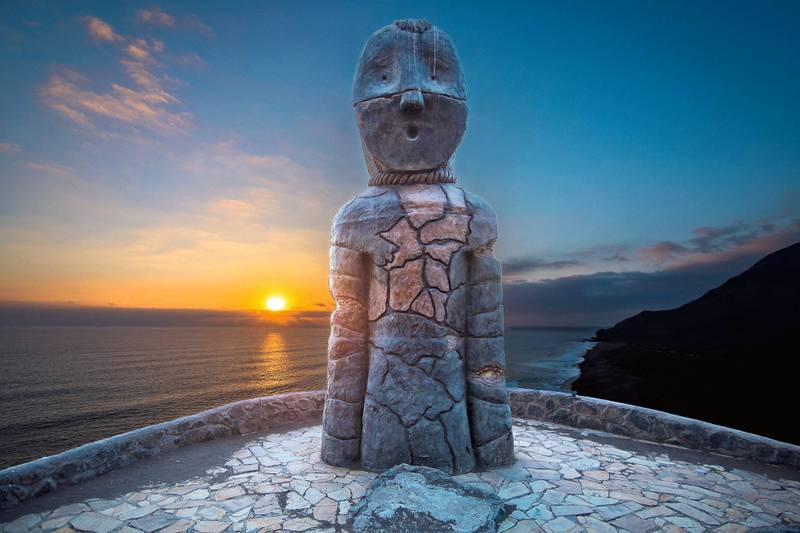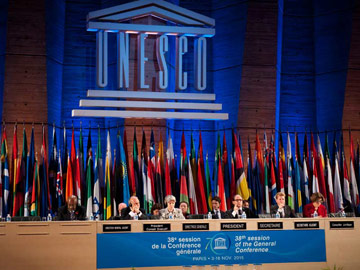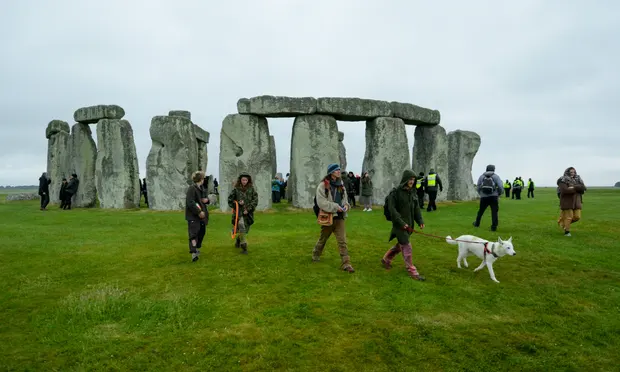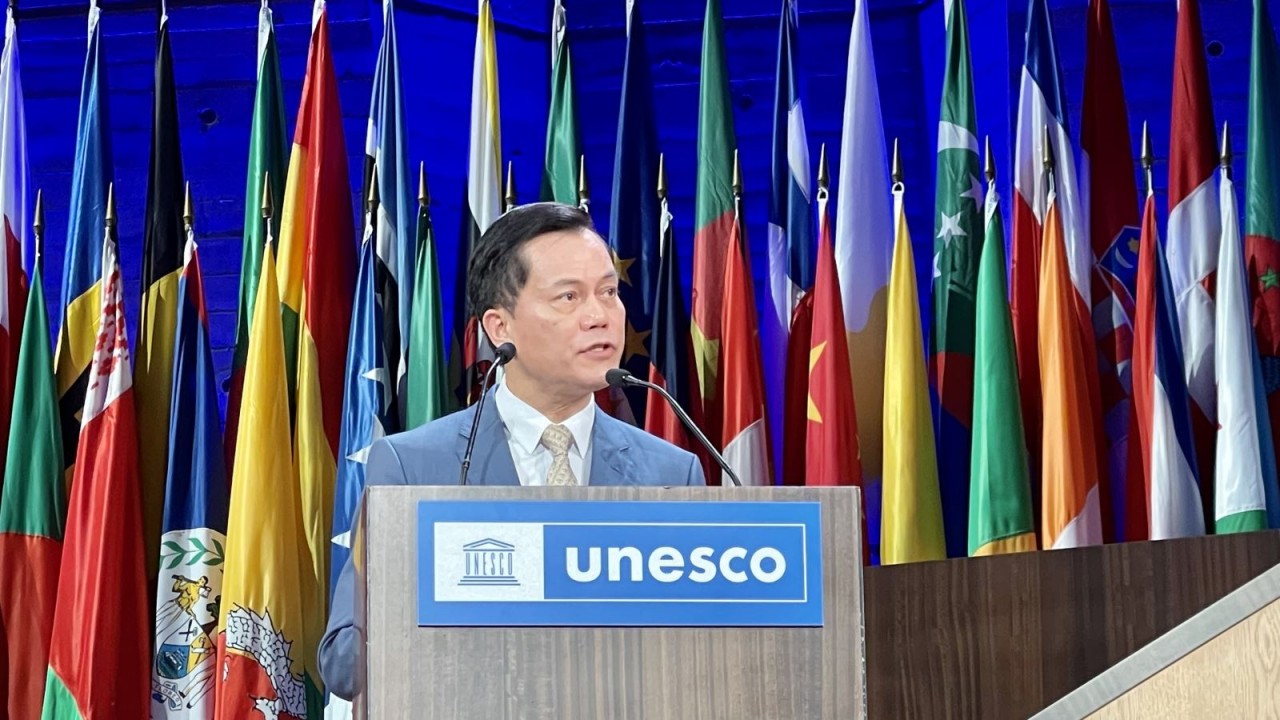The Secret of Chinchorro's Oldest Mummies - UNESCO World Heritage
| 37 New Sites Listed As UNESCO World Heritage in 2021 | |
| Vietnam-UNESCO Cooperation Relationship Grows Over Time | |
| Why Could Stonehenge By The Next UK Site To Lose Its World Heritage Status |
Chile's Chinchorro mummies, the oldest in the world to have been preserved by humans, were added to UNESCO's World Heritage List on Tuesday.
The mummies, which were found in the north of Chile at the start of the 20th century, are more than 7,000 years old, which means they pre-date the Egyptian mummies by two millennia.
The United Nations' cultural organization announced on Twitter that it had added the "settlement and artificial mummification of the Chinchorro culture" to its prestigious list during a virtual meeting chaired by China.
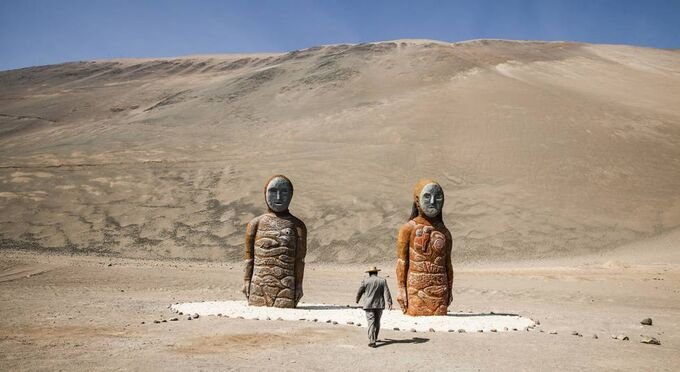 |
| Photo: Mariana Eliano |
"UNESCO is validating on an international level, through different experts, that the settlements and artificial mummification of the Chinchorro culture has exceptional value, that it has a global importance," Chilean anthropologist Bernardo Arriaza told AFP.
The Chinchorro were fishers and hunter gatherers more than 7,000 years ago in an area where the desert and Pacific Ocean meet in what is today the south of Peru and north of Chile. So far, more than 300 mummies have been found.
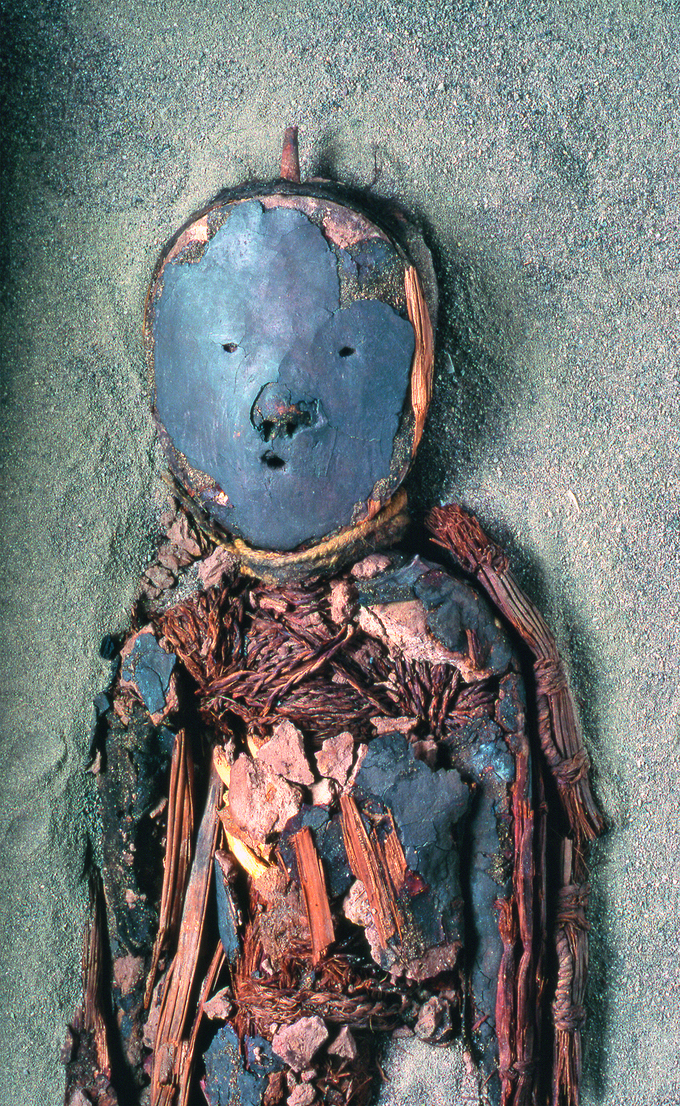 |
| Photo: Bernardo Arriaza |
The mummification process consisted of removing the organs, intestines and tissue.
The skin was then ripped off the corpse and the body rebuilt using sticks and animal hair, while a thick head of black hair was sewn onto the scalp. They were painted red or black using earth, pigments, manganese and iron oxide.
"There's a subtlety, a creativity by these first populations," said Arriaza, director of the Chinchorro Center at the Tarapaca University in Arica.
What Have the World’s Oldest Mummies Kept Under Wraps?
Fifteen of the mummies, many of them infants and children, were recently transported to the Los Condes clinic in Santiago, where researchers examined them using a CT scanner to study their fragile forms without inflicting damage. “We collected thousands of images with a precision of less than one millimeter,” chief radiologist Marcelo Galvez tells Fleitas. “The next phase is to try to dissect these bodies virtually, without touching them, which will help us preserve them for another 500,000 years.”
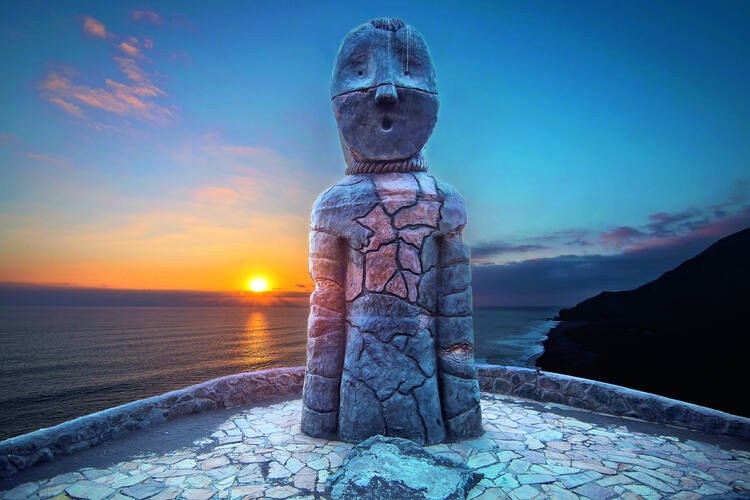 |
| Photo: UNESCO |
The researchers also hope to digitally reconstruct facial features and musculature of the mummies to reveal what they looked like in life. They also took skin and hair sample for DNA testing, which they hope will help them link the Chinchorro mummies to a modern day population in South America.
The Chinchorro culture as a whole is a bit of a mystery to modern archaeologists. It is believed that the people fished, hunted and gathered, living along the coast of the Atacama Desert in what is now northern Chile and southern Peru. Aside from mummifying their dead, people belonging to the Chinchorro culture are known for fashioning fishing hooks out of polished shells, sunk with the assistance of a stone weight.
The mummies they created, however, differed from those preserved by the ancient Egyptians. Fleitas explains that the Chinchorro would remove the skin of the deceased then carefully extract the muscles and organs exposing the skeleton. They would then fill out the body with plants, clay and wood before sewing the skin back on and covering the face with a mask.
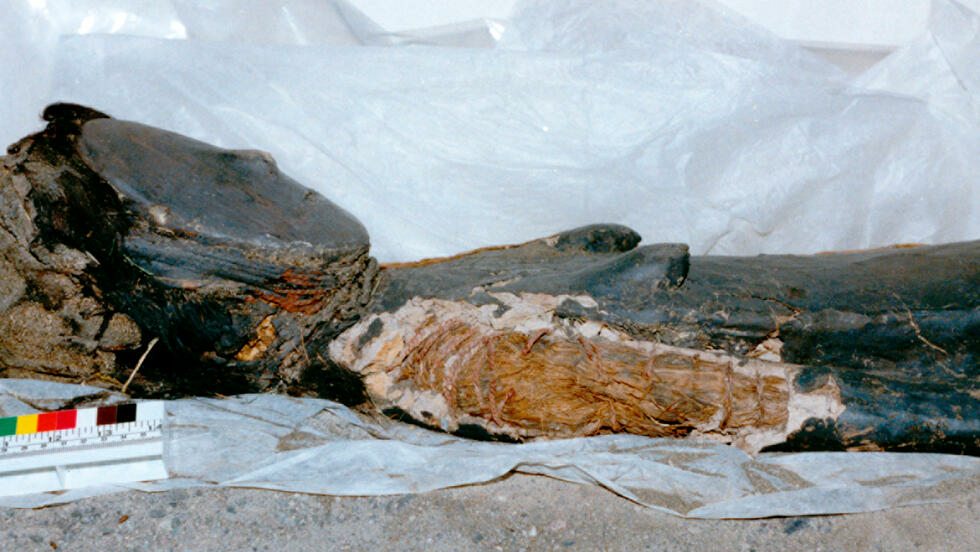 |
| Chinchorro mummies were either painted red, black or wrapped in bandages Bernardo Arriaza Centro Gestion Chinchorro/AFP/File |
A long journey
This nomination took over 20 years of work. It formally began in 1998 when Chile included this millenary heritage on the Tentative List for World Heritage status: A decade later, the Universidad de Tarapacá (UTA), with the support of the Culture Ministry, Regional Government and different local and national institutions, began research to prepare the nomination dossier. In 2020, after being signed by Minister Consuelo Valdés, the dossier was sent to UNESCO. The final version contains almost 400 pages of application text and 900 attachments.
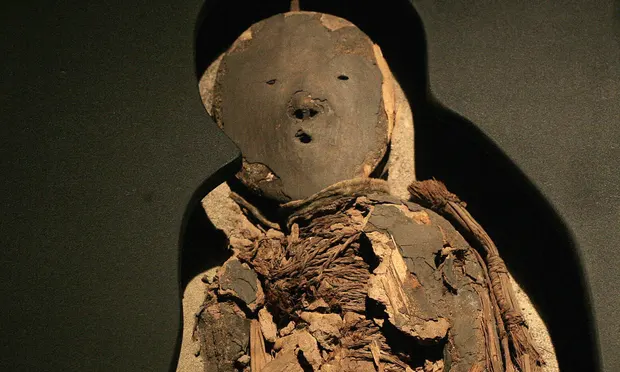 |
| Chinchorro mummy of a child on display during an exhibition at La Moneda presidential palace, Santiago. Photograph: Claudio Santana/Getty |
Together with this dossier, Chile moved forward with other key steps to protecting the site and its nomination to UNESCO, and these were sent to the World Heritage Committee for its consideration. Corporación Chinchorro Marka was formed in 2019, which brings together the UTA and cultural corporations from the Arica and Camarones municipalities, supported by the Culture Ministry. This corporation will oversee the management of the archaeological sites of the Chinchorro Culture and has already drafted a Management Plan to protect and preserve the Site.
UNESCO undertook different types of evaluations between December 2020 and February 2021, including a mission from UNESCO’s International Council on Monuments and Sites (ICOMOS) to assess the authenticity, integrity and management of these archaeological remains in the field.
Part of the nominated properties are owned by the Chilean State and already have the maximum heritage protection that the country offers through recognition as an Archaeological Monument under National Monuments Law 17.288. For the purposes of the nomination, this existing protection is joined by its recognition as a Historical Monument and Natural Sanctuary, which is currently being processed. Therefore, these sites are defined as protected areas under Chilean environmental law and comply with all the pertinent environmental impact assessments.
The mayors of Arica and Camarones pointed out the importance of this nomination for community development and the protection of these archaeological treasures.
The Mayor of Arica, Gerardo Espíndola, highlighted: “For us Ariqueños, the recognition that we have today of this material value of the Chinchorro Culture is vital; not only the value of their mummification process, but also what it means to those of us who live on this land and how these people were able to transcend for our country and above all for the world, through this UNESCO recognition.”
The Mayor of Camarones, Cristian Zavala, said that “we find ourselves in an historical moment with so much relevance for our region and our Chile. The nomination of the Chinchorro Culture with the oldest mummification process in the world, is key to the cultural development of our towns.”
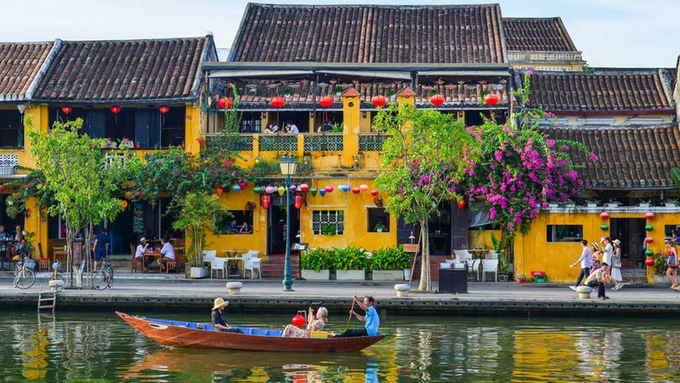 | Hoi An named Among Top 10 Picturesque Car-free Cities Globally - Video Hoi An has been listed among the top 10 most picturesque destinations in the world which are free of cars and motorbikes by Australian travel ... |
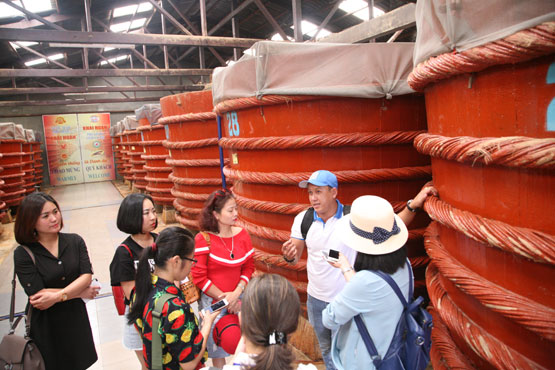 | Phu Quoc fish sauce making seeks UNESCO recognition as world intangible cultural heritage After being recognized as a national intangible cultural heritage, fish sauce making, a traditional practice on the Phu Quoc Island of Vietnam, aims to be ... |
 | Hue to seek UNESCO recognition for nine dynastic urns Hue is planning to seek UNESCO's world heritage recognition for its nine dynastic urns, which belonged to Nguyen Dynasty era, Vietnam's last royal rulers. |
Recommended
 World
World
Pakistan NCRC report explores emerging child rights issues
 World
World
"India has right to defend herself against terror," says German Foreign Minister, endorses Op Sindoor
 World
World
‘We stand with India’: Japan, UAE back New Delhi over its global outreach against terror
 World
World
'Action Was Entirely Justifiable': Former US NSA John Bolton Backs India's Right After Pahalgam Attack
 World
World
US, China Conclude Trade Talks with Positive Outcome
 World
World
Nifty, Sensex jumped more than 2% in opening as India-Pakistan tensions ease
 World
World
Easing of US-China Tariffs: Markets React Positively, Experts Remain Cautious
 World
World

